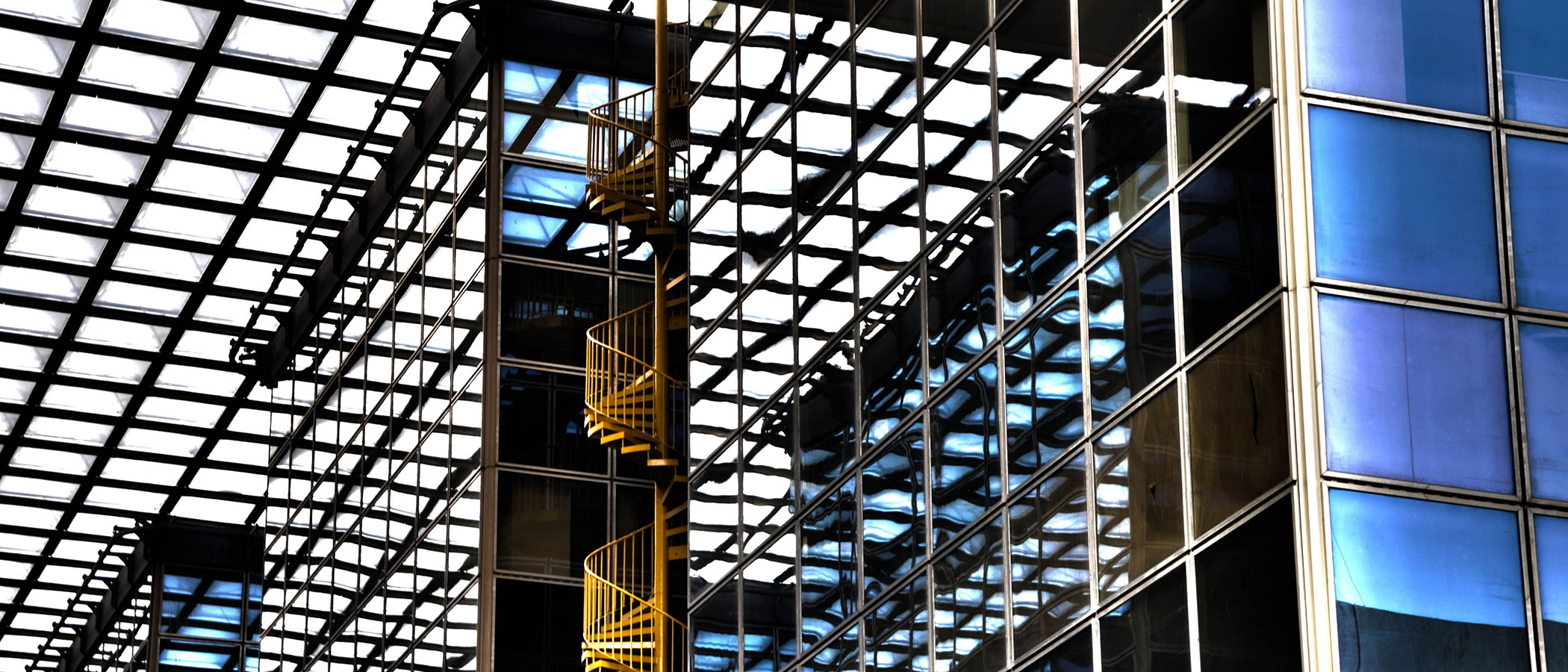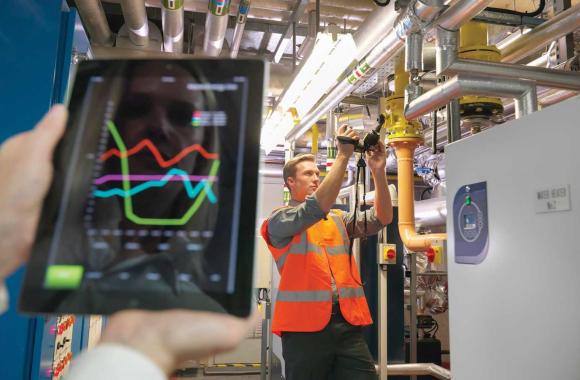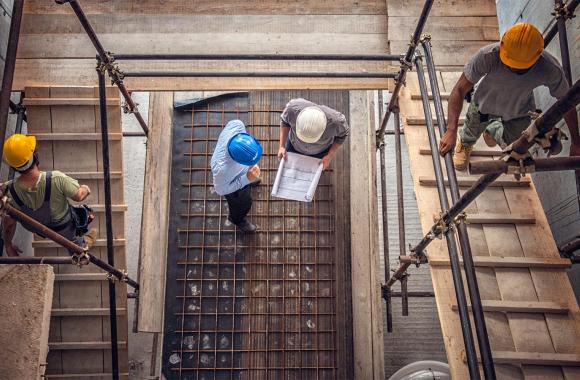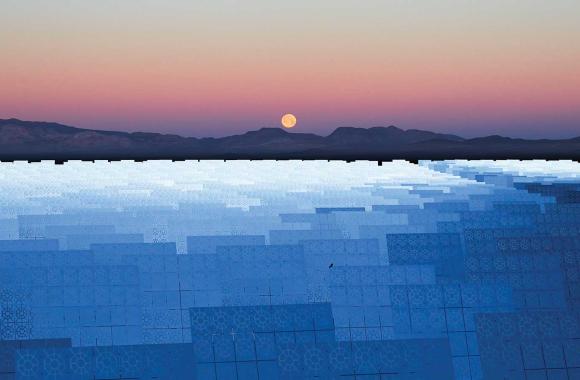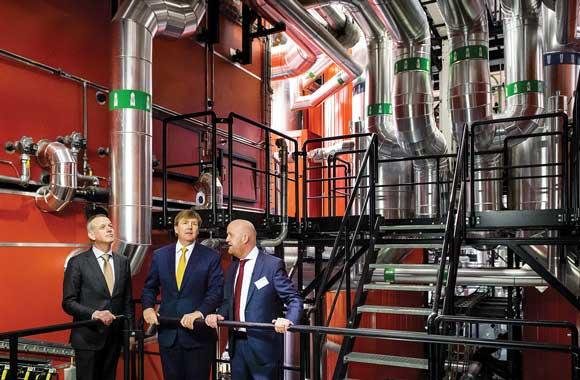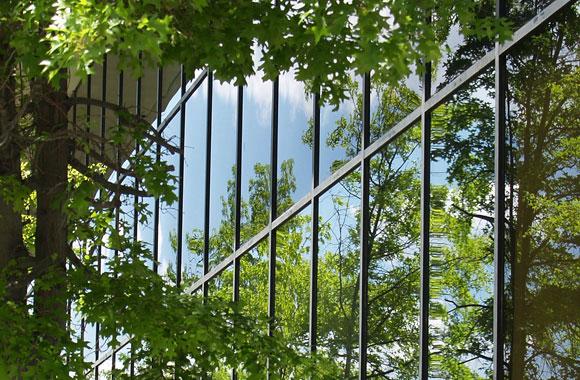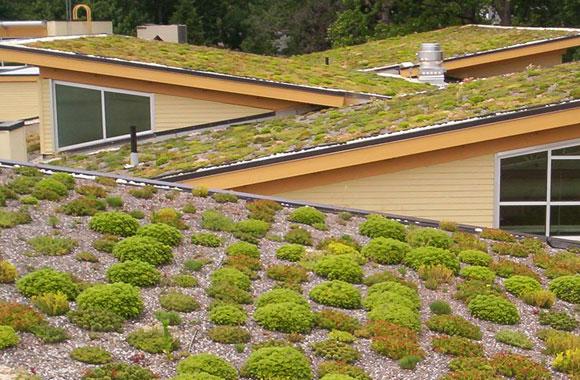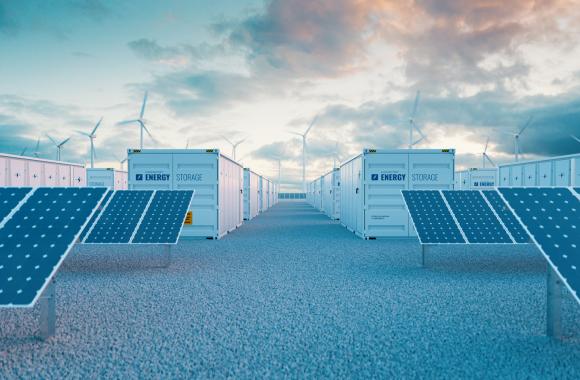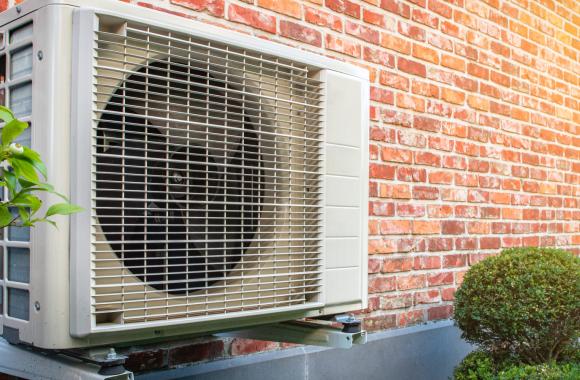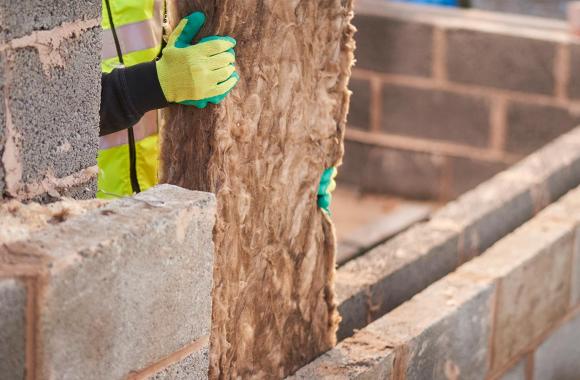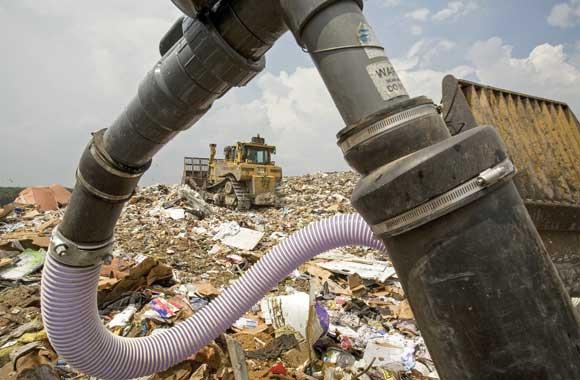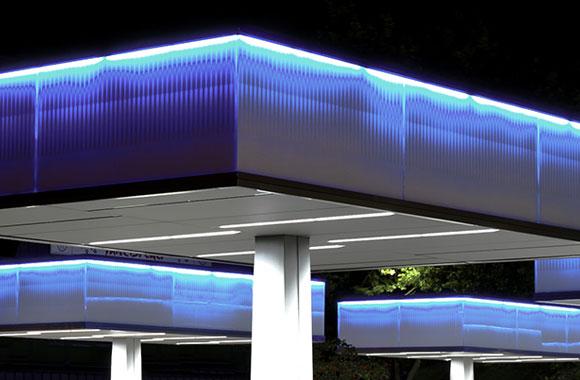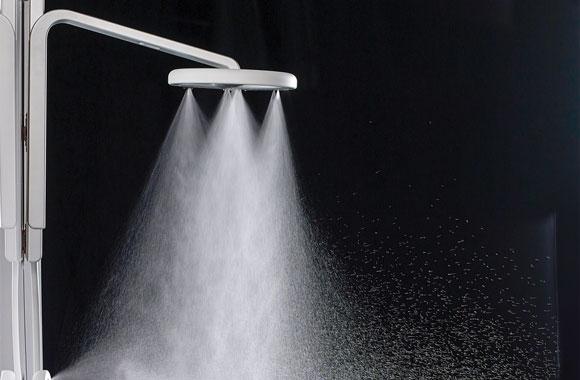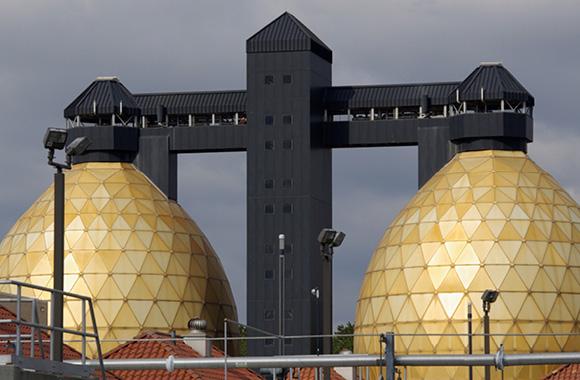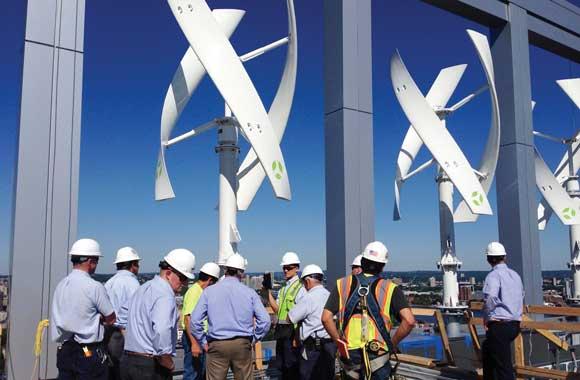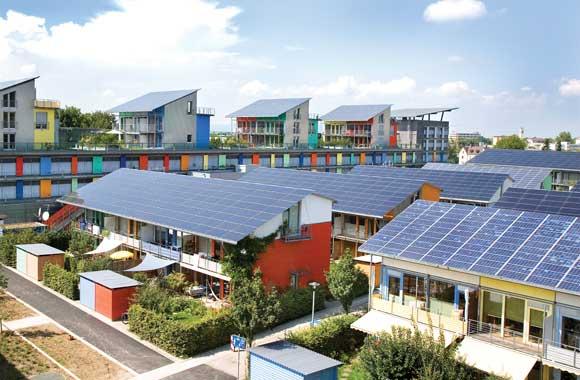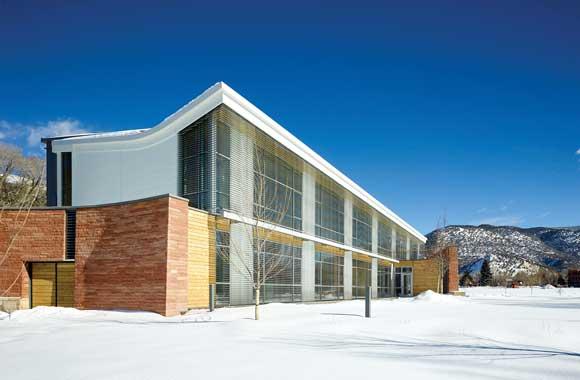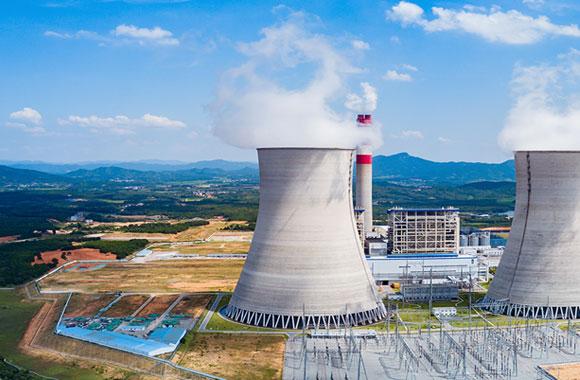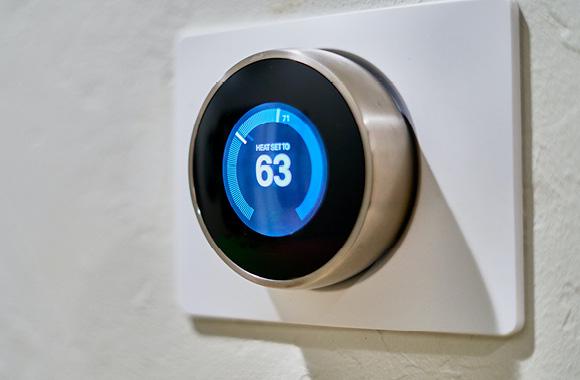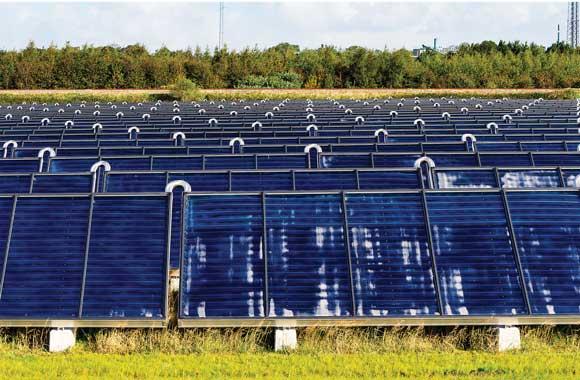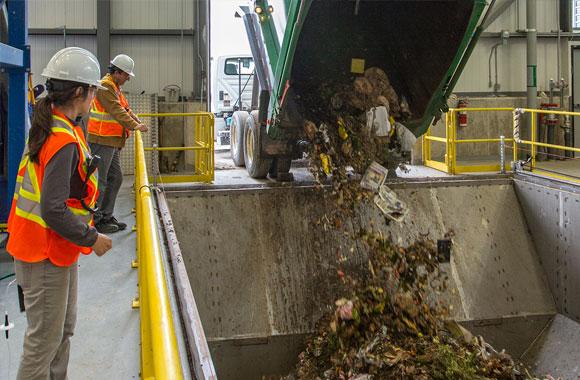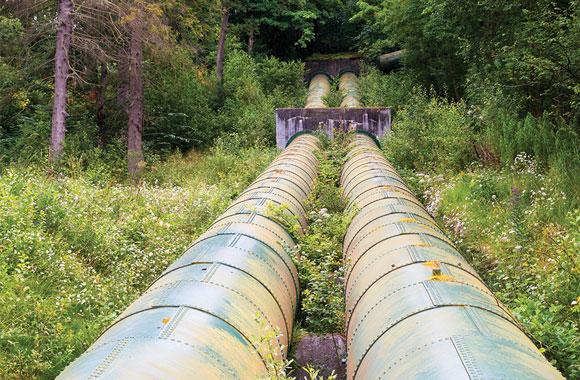High-Performance Glass
High-performance glass improves window insulation and makes building heating and cooling more efficient. By minimizing unnecessary energy use, it curtails emissions.
Reduced/Sequestered
2020–2050
To Implement
Operational Savings
Impact
Installation of high-performance windows at a 2.75–5 percent annual retrofit rate can reduce emissions by 8.82–11.34 gigatons of carbon dioxide equivalent. Financials would be a challenge, however, because the total net first cost would be US$7.84–9.52 trillion for a lifetime net operational saving of US$2.91–3.47 trillion.
Introduction
Project Drawdown defines high-performance glass as any of several mature static glass technologies that can reduce heat flow across the glass, including multiple layers, low-emissivity glass, tinted glass, and vacuum glazing. This solution replaces plain glass.
Various high-performance glass technologies have been around for decades and have been proven in commercial and residential buildings to reduce heat loss in colder climates and heat gain in warmer climates. These technologies therefore promise energy savings for thermal systems in buildings. Different technologies have different applications appropriate to their configuration and cost; adoption is limited in some regions. In this report, we examine the potential financial and climate impact of increased adoption of high-performance glass instead of plain glass.
Methodology
Total Addressable Market
We calculated the total addressable market for high-performance glass using the Project Drawdown Integrated Buildings total addressable market model, which collectively calculates the total addressable markets of building floor area, roof area, space heating and cooling, and all other floor-area driven total addressable markets used in the building sector. The estimated total addressable markets are also subdivided by building type (residential and commercial), and by building climate zone, guided by the ASHRAE 169 building climate zone standards.
We based the total addressable market for architectural glass on the estimated growth in floor area and the average (residential and commercial) window-to-floor-area ratios from several sources. We used data on high-performance glass market share estimates by region to estimate the solution’s current adoption (defined as the amount of functional demand supplied in 2018, with 2014 as the base year) in square meters of glass installed (5 billion in residential and 130 million in commercial) and in square meters of floor area “adopted” (33 billion in residential and 1.7 billion in commercial). Since the Organisation for Economic Cooperation and Development (OECD) already has high adoption of high-performance glass in commercial buildings, we excluded this region from the model for commercial high-performance glass.
Adoption Scenarios
We calculated impacts of increased adoption of high-performance glass from 2020 to 2050 by comparing two growth scenarios to a reference scenario in which the market share was fixed at current levels.
- Scenario 1: For residential windows, we assumed an adoption rate of 2.3 percent for existing buildings and an increase over time from 50 to 100 percent for new construction. For commercial buildings, we assumed an adoption rate of 2.75 percent per year for existing buildings and an increase from 50 to 100 percent for new commercial areas. Adoption is 231.66 billion square meters (76 percent of the total addressable market).
- Scenario 2: For residential windows, we assumed a retrofit rate of 5 percent for existing buildings and an increase from 50 to 100 percent for new construction. For commercial buildings, we assumed an adoption rate of 5 percent per year for existing buildings and an increase from 50 to 100 percent for new commercial areas. Adoption is 269.91 billion square meters (89 percent of the total addressable market).
Emissions Model
We obtained building heating and cooling energy data from several sources. We found energy efficiency of heating and cooling to be 6–9 percent for commercial buildings and 13–17 percent for residential buildings. We included both electricity and fuel consumption and based emissions factors on Intergovernmental Panel on Climate Change (IPCC) data.
Financial Model
First costs of high-performance glass are three to five times those of plain glass. We did not apply a learning rate because the technologies are generally mature. We did not include operating costs of the glass itself but included cooling and heating costs using global average data.
Integration
We integrated the High-Performance Glass solution with others in the Buildings sector by first prioritizing all solutions according to the point of impact on building energy usage. This meant that building envelope solutions like Insulation were first, building systems like Building Automation Systems were second, and building applications like High-Efficiency Heat Pumps were last. We calculated the impact on building energy demand for highest-priority solutions and reduced energy-related high-performance glass input values to represent the impact of higher-priority building envelope solutions. We used the output from the high-performance glass model as the input in lower-priority solutions.
Although we used the term “priority,” we do not mean to say that any solution was of greater importance than any other, but rather that for estimating total impact of all building solutions, we simply applied the impacts of some solutions before others, and used the output energy demand after application of a higher-priority solution as the energy demand input to a lower-priority solution.
Results
All costs are presented in 2014 US$.
Scenario 1 forecasts that 26.6 billion and 7 billion square meters of high-performance glass could be installed by 2050 in residences and commercial buildings, respectively. This could avoid 8.82 gigatons of carbon dioxide-equivalent greenhouse gas emissions and produce US$2.91 trillion in lifetime net operational savings. The net first cost to implement is US$7.84 trillion.
Scenario 2 (glass area adoption grows to 31.7 billion square meters in residences and 7.5 billion square meters in commercial buildings by 2050) shows 11.34 gigatons of emissions reduced with US$3.47 trillion in lifetime net operational savings over building lifetimes for a net first cost to implement of US$9.52 trillion.
Discussion
High-performance glass would have to drop significantly in price to be economically viable in the regions studied. This may be a factor of low energy prices and helps explain why many areas haven’t adopted high-performing glass. Without some interventions that lower the up-front installation costs, building owners have limited incentive to install high-performance glass. Splitting energy costs and demand into cooling and heating in each region might shed more light on the market dynamics and potential for high-performance glass to reduce emissions and building thermal costs. Note also that the use of global averages hides the vast range in residential building energy use, which depends on a number of factors, including thermal comfort requirements in individual households.
What You Can Do
If you're an inventor or engineer, invest some time in identifying ways to make this technology more economically viable.
Planning new construction or remodeling an existing building? Include minimizing energy use in your criteria for choosing windows.
- Expand your knowledge by exploring another Drawdown solution.

